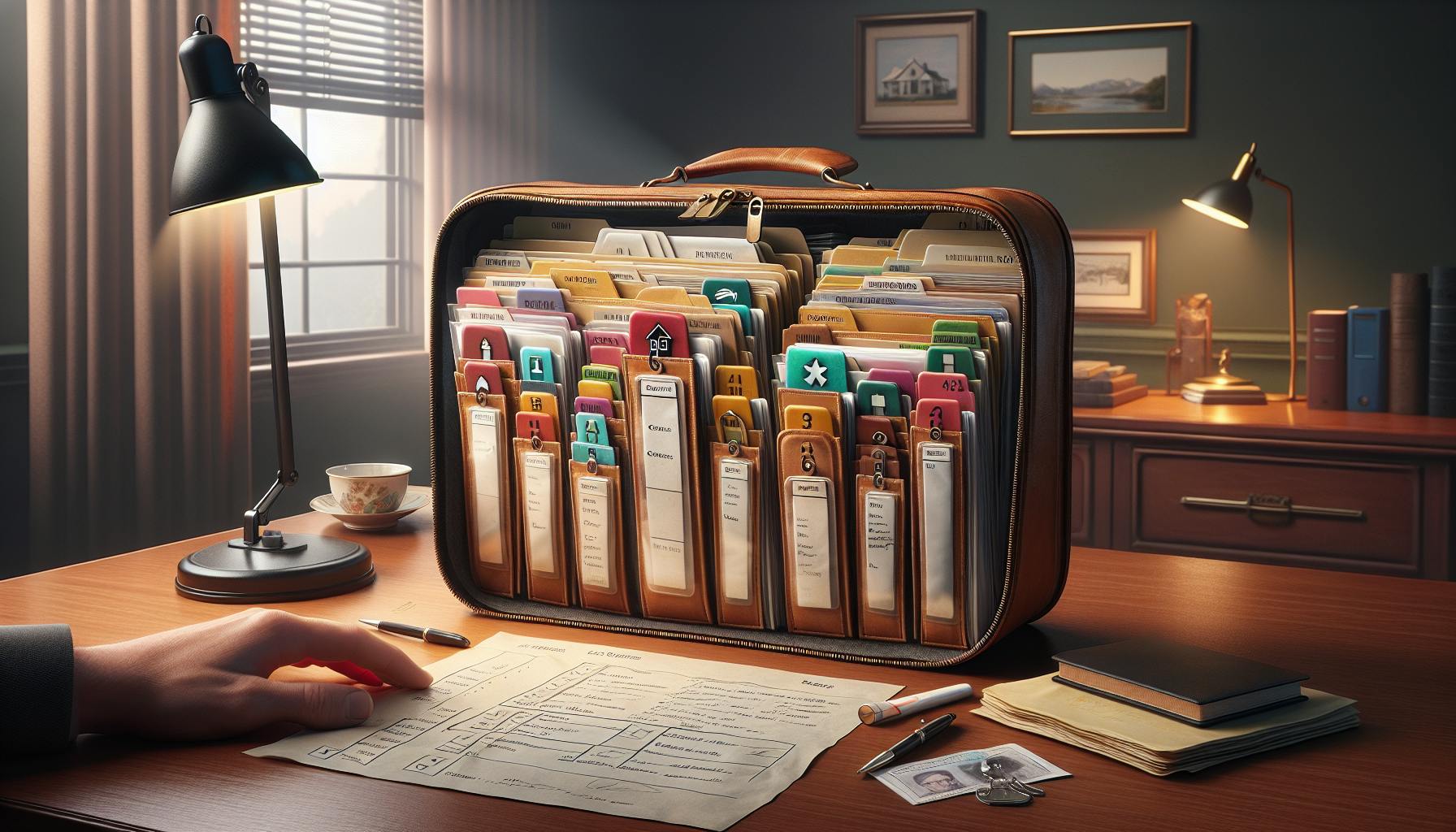Introduction to Faraday Cages
A Faraday cage is a container made of conductive material that blocks electromagnetic fields. Faraday cages are named after scientist Michael Faraday, who invented them in 1836. They can protect electronic devices from electric currents and radiation. Faraday cages have many practical uses for preppers and survivalists.
Faraday cages contain electromagnetic energy inside due to the conductive material. The conductive material distributes the electrical charge around the cage's exterior. This prevents strong electrical fields from reaching what's inside the cage. Faraday cages create an electrostatic shield that blocks static, non-static, and magnetic fields. Size and construction material impact effectiveness of Faraday cage shielding.
How Faraday Cages Work
Faraday cages leverage the principles of electrostatic shielding and the skin effect. The conductive exterior shields contents by distributing charge around the outside of the cage. This cancels out electric fields inside. Furthermore, alternating electromagnetic fields only penetrate a short depth into conductors - this "skin effect" blocks external EMFs.
Mesh cages add the factor of frequency cutoff - openings must be smaller than wavelength of EMFs blocked. For example, a mesh spacing of 1 cm can effectively block FM radio frequencies.
Benefits of Using a Faraday Cage
- Protect electronic devices from solar flares or EMPs
- Block radio frequencies and wireless signals
- Prevent static discharge from damaging electronics
- Shield sensitive electrical components for storage
- Allow you to safely use electronics after an EMP or in chaos
What to Put in a Faraday Cage
- Radios, walkie-talkies like Motorola T800, ham radios for communication
- Spare electronic car parts like ECUs and circuits
- Laptops, tablets, phones, cameras, and Ledlenser flashlights
- Extra batteries, Goal Zero solar chargers, Jackery generators
- Medical devices like pacemakers and ResMed CPAP machines
- Important drives, discs, Samsung T7 thumb drives, SD memory cards
- Ledger cryptocurrency hardware wallets to protect assets
- Small electronics like thermometers, compasses, and Casio watches
How to Make Your Own Faraday Cage
- Use conductive metal like solid steel, iron, copper, aluminium
- A metal garbage can or .50 cal ammo case works well
- Line with cardboard or foam to protect contents
- Seal lid closed with rubber gasket, tape, or silicone sealant
- Wrap box in copper mesh if needed for small gaps
- Use multiple nested cages for best results
- EMP Shield sells high-quality Faraday cage kits online
Proper Faraday Cage Usage Tips
- Only open cage when necessary to avoid leakage
- Don't overload cage, leave 25% empty space
- Insulate items from direct contact with walls
- Check for gaps, holes or rust compromising shielding
- Use waterproof lining if needed for environment
- Store cage in secure location away from moisture
- Test cage effectiveness with a cell phone or radio
- Consider multiple cages for redundancy if concerned
Types of Faraday Cages You Can Build
Faraday cages can be made from various conductive materials. Simple DIY options like foil, boxes, or mesh can work in a pinch. More heavy duty cages offer robust protection for valuable gear. Purpose-built Faraday cages tailored for specific items are ideal. EMP Shield recommends using rigid metal cages for best results.
Metallic Boxes
- Metal boxes like ammo cans make simple Faraday cages
- Look for sturdy steel or aluminium boxes with tight lids
- Line them with cardboard or foam for extra insulation
- Use conductive tape or silicone sealant for weatherproofing
- Attach exterior grounded wires for added protection
- EMP Shield sells pre-made metal Faraday box kits
Metal Mesh
- Small mesh Faraday cages can be made from steel or copper
- Use fine 0.5cm mesh for blocking radio frequencies
- Mesh allows visibility of contents unlike solid metal
- Works well for protecting individual electronics
- Can shape mesh into bags, boxes, or other enclosures
- Mission Darkness sells excellent Faraday mesh bags
Foil Envelopes
- Aluminum foil can make a lightweight Faraday envelope
- Use multiple layers of heavy duty tin foil
- Fold foil around contents to fully seal EMP protection
- Best for small items like credit cards or thumb drives
- Not durable enough for rugged or long-term use -ideal for portable, temporary shielding needs
Metal Buildings
- Entire buildings can be made into Faraday cages
- Uses metal siding, roofing, and welded rebar grounding
- Must seal all openings with fine stainless steel mesh screens
- Ideal for protecting vehicles, generators and large gear
- Provides EMP and solar storm protection for the interior
- Tempest Shielding does professional Faraday room installation
Purpose-Built Cages
- Custom cages can be made to fit specific items
- Example: a cage that fits a radio snugly
- Allows ideal airflow and minimizes empty space
- Can customize with gaskets, insulation, connectors
- High performance for sensitive medical devices, etc.
- Faraday Defense creates customized Faraday solutions
How to Test Your Faraday Cage
Verifying effectiveness is key with DIY Faraday cages. Place a radio or cell phone inside turned on. Check if reception bars decrease when sealed. Call the cell from another phone to test blocking. Use an AM radio and listen for signal attenuation. EMP Shield provides Faraday testing tools and meters. Repeat testing regularly and after any impacts or damage.
Cell Phone Testing Method
- Put phone in cage and close it completely
- Note signal bar strength shown on phone
- Have friend call phone repeatedly from outside cage
- Phone should not receive calls in a working cage
- Some minor signal leakage may occur but calls won't go through
- Industrial cell phone signal generators help accurately test shielding
AM Radio Testing Technique
- Tune AM radio to a strong local station signal
- Place radio in cage, close and lock securely
- Signal should become staticky or diminish greatly
- The more conductive the cage, the more signal blocked
- Nearby radio towers may overpower cage so test different stations
- Quality AM/FM pocket radios ensure sensitive testing
RF Signal Generator Testing
- Use a RF generator to send signals into cage
- Sweep across different radio frequencies
- Measure signal strength inside cage with RF meter
- Aim for at least 60dB attenuation at key frequencies
- Check for leakage spots by moving meter around interior
- RF shielded test boxes properly isolate Faraday cage
LED Flashlight Testing
- Place LED flashlight inside cage and turn on
- Inspect for any visible light leaks from joints or seals
- Note orientation where leaks occur if any present
- Seal leaking areas with more conductive tape or silicone
- Retest until no more light from flashlight is visible
- High lumen LED flashlights spotlight flaws
Signal Generator Jamming
- Use a signal jammer outside cage while testing inside
- Confirm devices inside cage are unaffected by jammer
- Sweep jammer across different frequencies for thorough testing
- Note any frequencies that leak into cage causing disruption
- Reinforce cage weak points that allow signal entry
- RF shielding experts can diagnose issues
Faraday Cage Alternatives and Combinations
Faraday cages have limitations that may require supplemental strategies. Additional layers like Faraday blankets boost protective effects. Separate nested cages for redundancy in case one fails. Mitigation devices like surge protectors complement Faraday cages. Location and exterior shielding also factor into protection levels. EMP Shield provides complete electromagnetic shielding solutions.
Faraday Blankets
- Use metallic foil blankets around Faraday cage
- Add as inner or outer layer to improve shielding
- Easy to fully seal and conform to cage shape
- Inexpensive way to enhance cage effectiveness
- Can quickly deploy blanket when needed as portable shielding
- Multi-layer shielding options maximize protection
Multiple Nested Cages
- Layer two or more separate Faraday cages for redundancy
- If outer cage is compromised, inner cage still protects contents
- Allows separating high priority gear in most secure cage
- Can nest different cage types like box inside mesh
- Matching nested Faraday cage sets available
Surge Protectors
- Use surge protectors to absorb electric spikes
- Prevents overload and failure of cage shielding
- Protectors rated at least 50,000 amps recommended
- Combines with cage to harden electronics inside
- Heavy-duty ABB industrial surge protectors ideal
Location Shielding
- Underground locations add natural shielding
- Center rooms provide most structural shielding
- Avoid exterior walls, windows, or elevated areas
- Near large metal objects like refrigerators can help
- Professional Faraday shelter installation available
Exterior Shielding
- Add shielding panels, films or paints on building exterior
- Creates first line of defense before Faraday cage
- Use metal roofing, siding, window screens
- Foil-based exterior coatings also available
- EMP-resistant building supplies for full protection
Conclusion
Faraday cages shield electronics from electrical threats using electrostatic shielding. Proper construction blocks radio frequencies and EMFs. DIY cages can be made from foil, boxes, mesh and more. Test cages to ensure adequate 60dB+ attenuation. Combine cages with other strategies for defense in depth. EMP Shield provides complete EMP and radiation solutions tailored to your needs.


